Canucks' flawed plan, Kraken bets paying off, and 5 other NHL items
Jim Rutherford put on a clinic earlier this week, answering a series of pointed questions over a 45-minute press conference with Vancouver reporters. The Canucks president of operations is, if nothing else, as transparent as any executive in the NHL. Props to him for hanging in there.
That said, with a few days to digest Rutherford's remarks - which touched on Bruce Boudreau's job status, the Tanner Pearson injury saga, and the latest on unrestricted free agents Bo Horvat and Andrei Kuzmenko - the key takeaway concerned his plan to rejuvenate the franchise.
"We're not looking towards a rebuild. I'd rather call it a retool," Rutherford said. The longtime executive said that a year ago, he thought the roster might require "minor surgery," but he now believes it needs "major surgery."
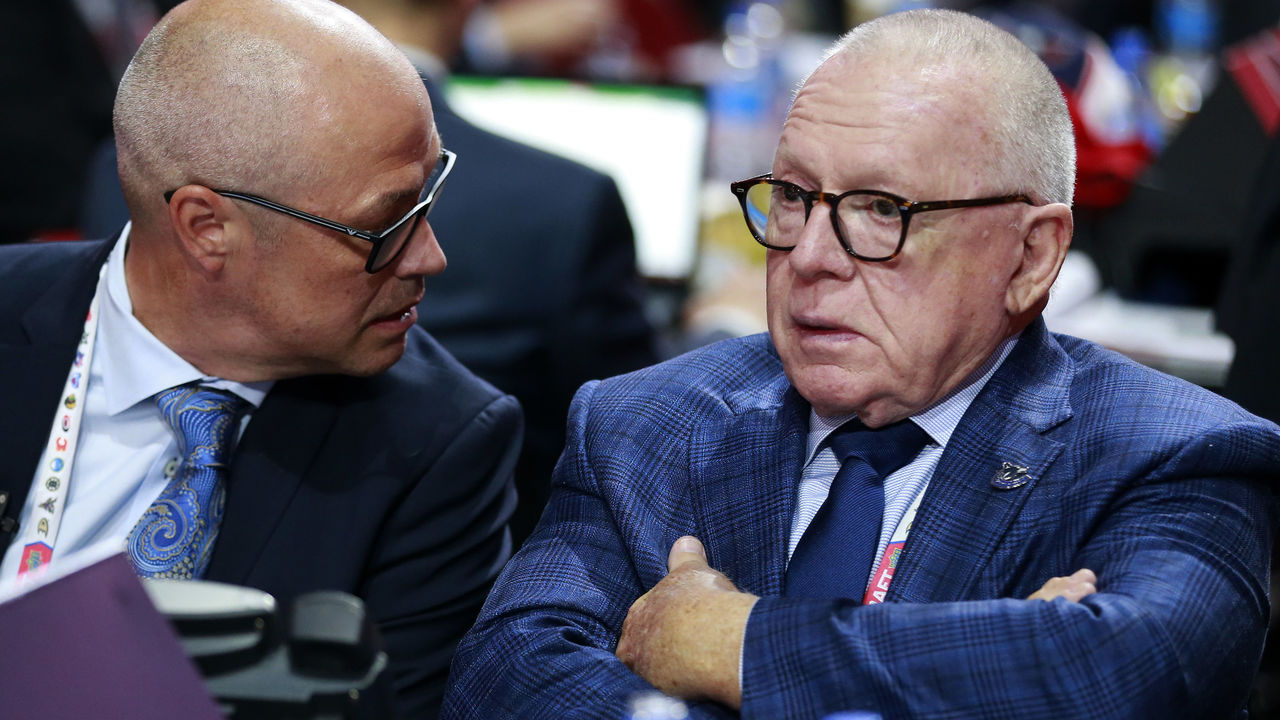
In a vacuum, there's nothing inherently wrong with aspiring to turn around this 18-23-3 non-playoff team over one-to-three years. In fact, in the era of tanking, it's admirable. Yet, in the Canucks' situation, an aggressive retool is ill-advised. It was a flawed approach when Jim Benning was general manager, and it remains flawed with Rutherford and GM Patrik Allvin in control.
Vancouver doesn't have the salary-cap flexibility, high-end prospects, or draft capital to fix its problems over a short time frame. A scorched-earth rebuild in which cornerstones Elias Pettersson and Quinn Hughes depart would probably be overkill. But the Canucks need something closer to scorched earth, versus a quick retool, if they want to challenge for a Stanley Cup one day. The roster is littered with negative-value players and contracts.
A central part of Rutherford's plan involves injecting the lineup with new players aged 26 or younger. This will be extremely difficult to pull off. Any young NHLers on other teams likely have something wrong with them if they're on the trade block, and if they don't, they'll cost a fortune to acquire.
And where are these tradable assets? I don't see many desirable pieces beyond core players like Hughes, Pettersson, and goalie Thatcher Demko. Moving first-round picks for players you hope will develop is risky for a franchise with a dearth of blue-chip prospects. And if the Canucks can indeed scrounge up enough assets to acquire these young NHLers, will these trades shake out as an overall net positive, or will they create holes elsewhere?
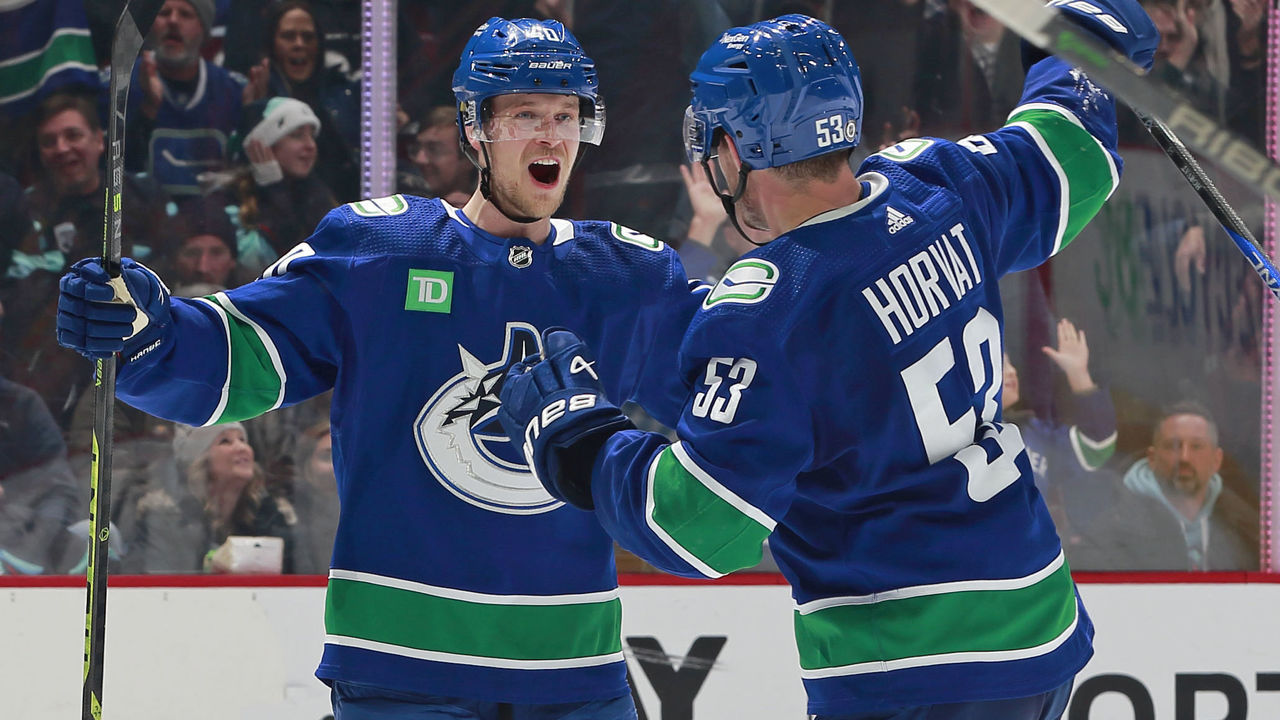
This type of quick-fix mentality is what got the Canucks in a cap bind in the first place. Benning was always papering over old mistakes with new mistakes. Instead of building a sustainable winner, he focused his attention on sneaking into the playoffs. Rutherford and Allvin haven't inspired confidence that they'll reverse course, as evidenced by the Ilya Mikheyev signing and the message they've been delivering of late.
During his media availability, Rutherford revealed the Canucks were talking to Kuzmenko about an extension. But ... why? Kuzmenko is arguably Vancouver's best chip ahead of an important trade deadline. The smart move is to part ways with him while his value is high. Trading him avoids a pricy extension for a 26-year-old rookie and moves the "retool" forward.
But that's apparently not the plan. Again, flawed logic.
Kraken's recent bets paying off
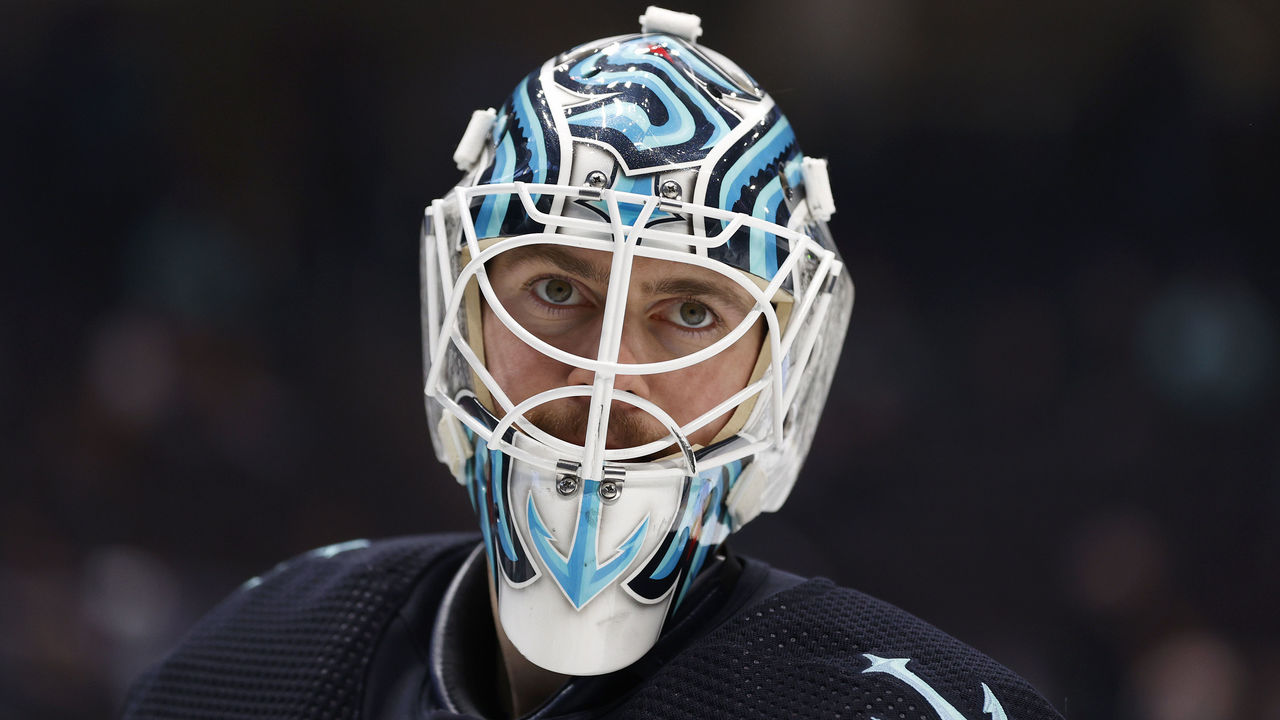
The Seattle Kraken are decidedly different in Year 2. Different lineup. Different playing style. Different results - especially during five-on-five action.
The 2021-22 Kraken ranked 19th in shooting percentage (8.1) and 31st in save percentage (.900) at five-on-five. This season, they rank first (10.9%) and 19th (.915).
These dramatic swings have led to the top five-on-five offense in the league and a much improved record. Seattle is tied for first in the Pacific Division and sit second in the Western Conference in points percentage, having surpassed last year's win total of 26 in just 45 games.
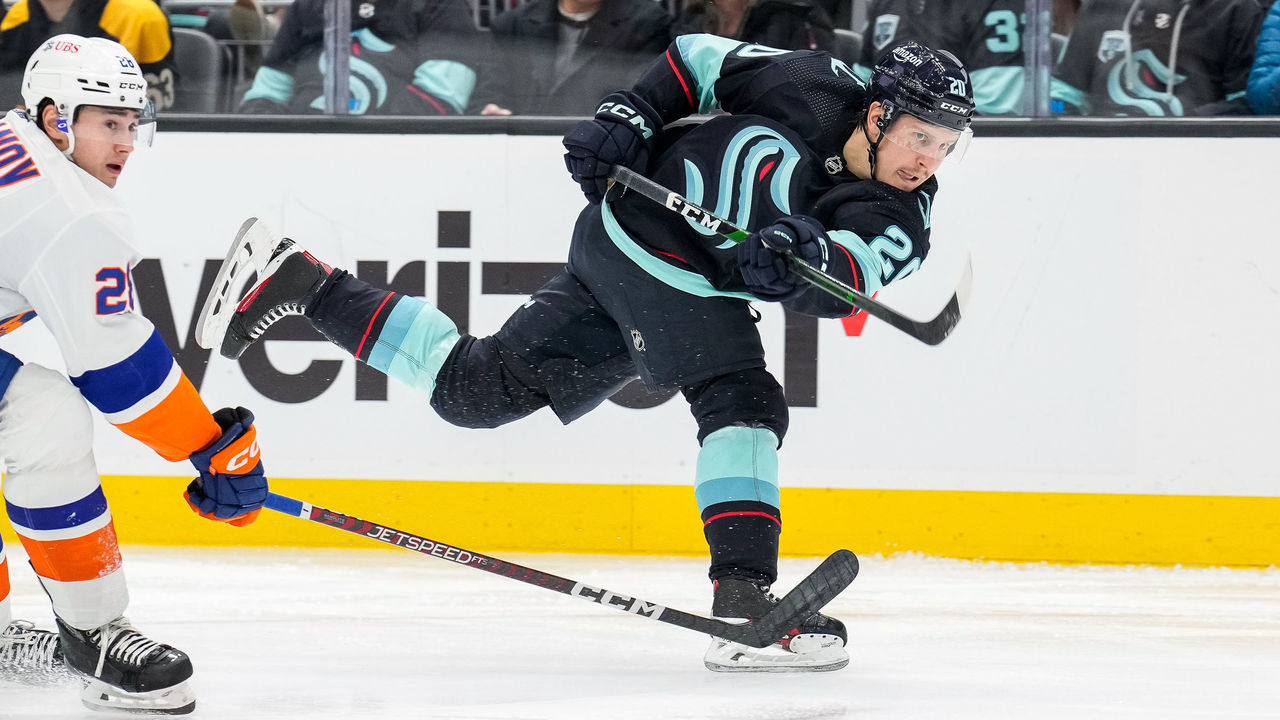
General manager Ron Francis didn't receive glowing reviews for his work at the 2021 expansion draft. It's not that Francis screwed up the expansion draft; he was just super conservative, and that left the Kraken with a boatload of cap space (roughly $30 million heading into free agency). Over the past year, the GM has used cap flexibility to his advantage.
Here are five notable additions:
Daniel Sprong - Acquired from Washington prior to last season's trade deadline, then signed to a one-year deal in October. Trigger man on power play who plays fourth-line minutes at five-on-five. Ranks fourth in NHL with 2.1 goals per 60 minutes, trailing only stars David Pastrnak, Tage Thompson, and Connor McDavid.
Oliver Bjorkstrand - Acquired from Columbus for third- and fourth-round picks this past offseason. Disappointing results to start his Kraken tenure (seven goals, 22 points in 45 games). Leads the team in shots on goal (115), but his 6.1 shooting percentage is down from his career average of 12.0%. If he starts getting better puck luck, he'll enjoy a massive second half.
Andre Burakovsky - Signed a five-year, $27.5-million contract as a UFA. No longer buried on Colorado's depth chart, the pace-pushing Swedish winger leads the Kraken in points (38) and shot attempts (193).
Eeli Tolvanen - Claimed off waivers from Nashville in December. Former first-round pick was due for a change of scenery and role. Seven points in 11 games.
Martin Jones - Signed a one-year, $2-million contract as a UFA. Owns an .894 save percentage in 33 games. Not great, yet an improvement on last year's starter.
'Winding road' to Karlsson's side
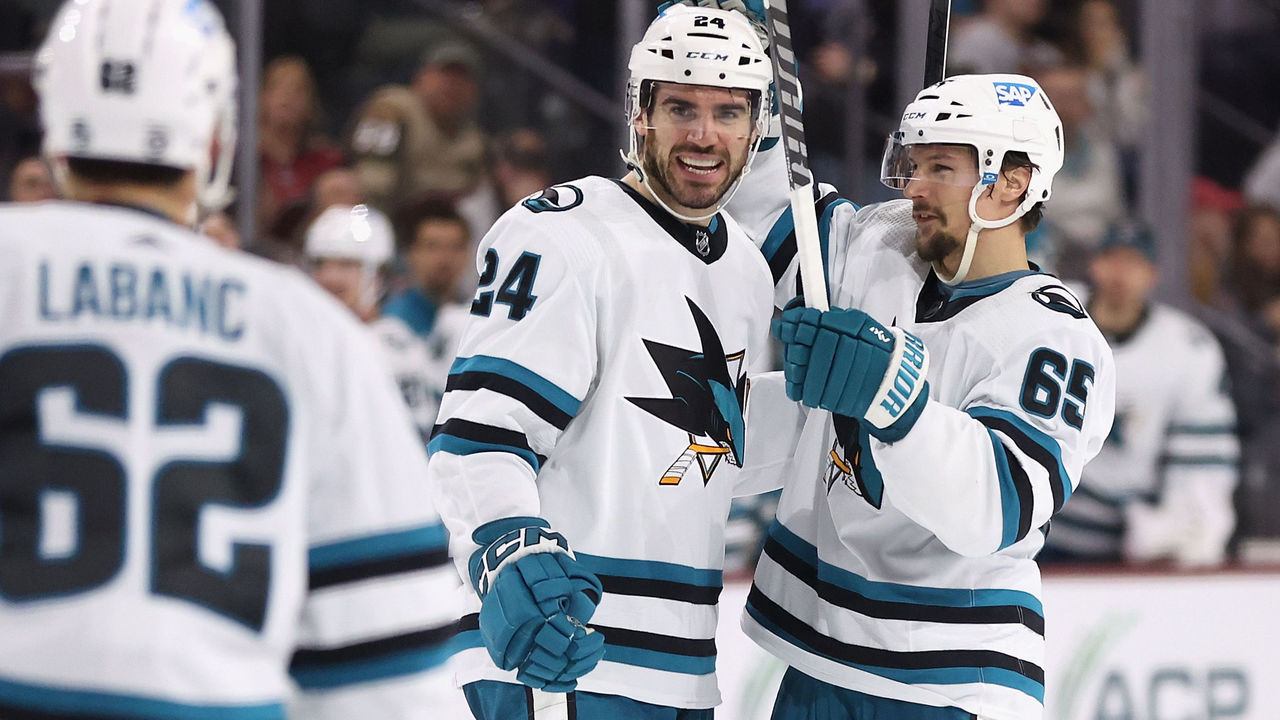
Jaycob Megna was so far off the radar ahead of the 2012 NHL Draft that, to this day, he's under the impression Bob Murray, then GM of the Anaheim Ducks, selected him despite never seeing him play a single shift.
As the story goes, Murray took Megna with the second-last pick of the draft (210th overall) solely due to a strong sales job from one of Anaheim's scouts. It was Megna's second pass through after not being selected in 2011.
"It changed my thought process when I was in college as far as what I can do playing hockey," said Megna, who didn't expect to be drafted. "It gave me that little extra motivation as far as my performance and work ethic and trying to achieve the goal of playing in the NHL. It was a blessing in that sense."
A decade later, Megna is taking a regular shift alongside Erik Karlsson, a Norris Trophy front-runner and one of the greatest defensemen of his generation. Megna's embraced a "safety valve" role on the Sharks' top pair while pitching in 10 points in 43 games on 18:44 of ice time a night. Megna, whose contract carries an annual cap hit of just $762,500 this year and next, will set a new personal high for games played in a season on Sunday.

It's been a "winding road" for Megna. He spent three years at the University of Nebraska-Omaha and then seven in the AHL. The Florida native dressed for only 43 NHL games for the Ducks from 2016-19 and was essentially a minor-league lifer until he caught on with the injury-plagued 2021-22 Sharks.
Asked which area of his game has improved the most since the 2012 draft, the 6-foot-6, 220-pound Megna immediately mentioned his skating ability.
"It was also just figuring out what kind of style or what kind of role I needed to play to stick in the NHL," Megna said. "Being a bigger guy, I'm looked upon to be more physical, and that's something that's improved and still can be improved further. Being dependable, making that first pass, killing plays in the defensive zone, blocking shots - these are all still important duties for D-men."
In other words, Megna's a perfect complement to the roving Karlsson.
Gretzky's brilliance always lurking
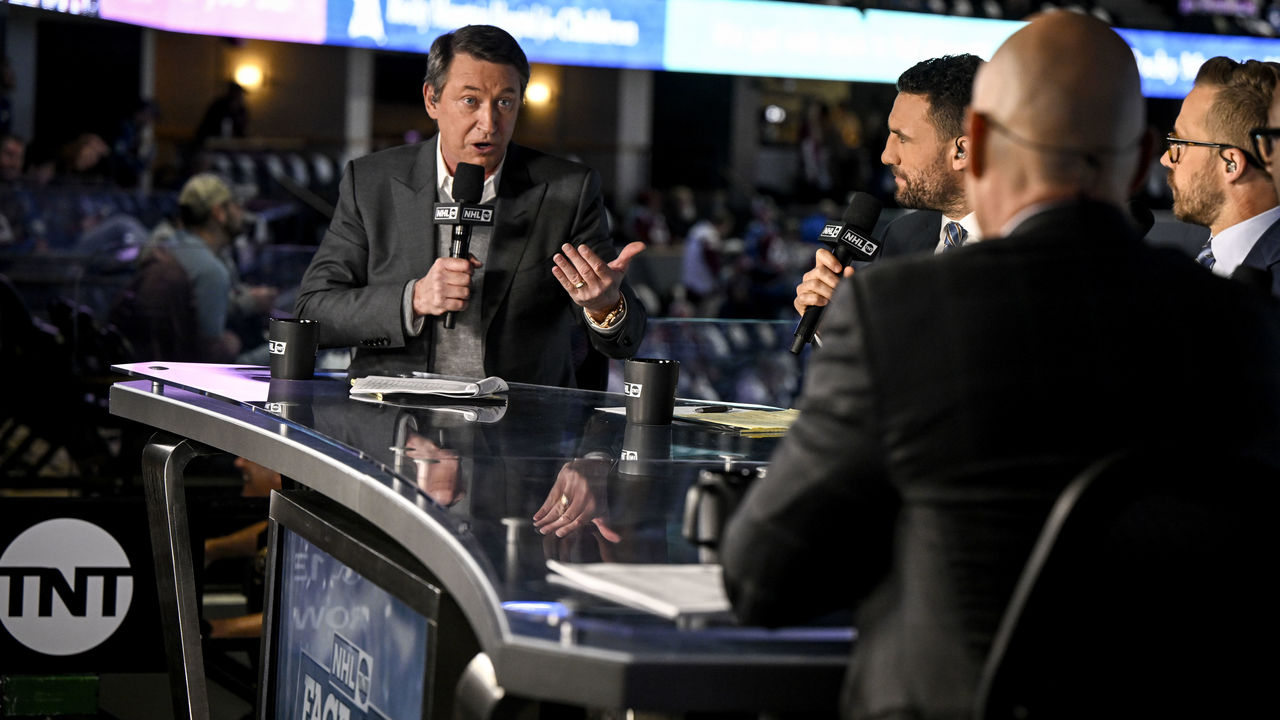
Every once in a while, Wayne Gretzky's name is dropped during conversations about the modern game. If it isn't about how Gretzky might perform in 2023 (exceptionally well), or how he's progressing as a broadcaster for TNT, the conversation is likely about how many times he's done certain things.
I like to call this the Gretzky Trump Card.
Connor McDavid's on pace for his first 150-point season. What a phenomenal year! Gretzky Trump Card: No. 99 hit the 150-point milestone nine times.
McDavid's on pace for his sixth 100-point season in eight years. Wow! Yeah, Gretzky did it 15 times, including four 200-point campaigns, over 20 years.
Mitch Marner recorded a 23-game point streak from late October to mid-January. What a run! Gretzky had seven point streaks of 23 games or longer.
Alex Ovechkin celebrated the 30th hat trick of his career in late December. What a player! Gretzky, a playmaker first and foremost, made hats fly on 50 occasions.
There's more, but you get the point: While he competed in an era that catered to offensive players - and that bit of context shouldn't be removed from any discussion about his feats - Gretzky's output is nonetheless stunning.
Parting shots
John Gibson: As of Thursday morning, Ducks goalie Gibson had faced by far the most inner-slot shots in total (248) and per game (8.6). The inner slot is the prime scoring area right in front of the goalie. Montreal's Jake Allen (7.9), Arizona's Karel Vejmelka (7.3), and Detroit's Ville Husso (7.0) were the only other starters facing seven or more a game. Gibson's save percentage has plummeted over the past handful of years. A portion of that is on him, but so much of it is on his environment. The Ducks, to put it kindly, are doing Gibson no favors.
John Gibson needs to be rescued. https://t.co/bpHV4spRbp
— Mike Kelly (@MikeKellyNHL) January 14, 2023
Wyatt Johnston: The Dallas Stars forward is my rookie to watch in the second half of the season. Johnston, the third-youngest NHLer to appear in at least 10 games this season, wasn't supposed to make the big club out of training camp. In less than four months, he's become an essential contributor, tallying 11 goals and eight assists in 47 games on a line with Jamie Benn and Ty Dellandrea. Johnston's hockey sense is elite, he's strong on the puck, and he can stickhandle in a phone booth. It's no coincidence he idolized Pavel Datsyuk as a kid and modeled his game after Marner as an early teen.
What were you doing at 19 years old? Wyatt Johnston is making sick passes for goals in the NHL pic.twitter.com/DfVpN2GKcs
— Saad Yousuf (@SaadYousuf126) November 29, 2022
Pride Night: By now, you know about Ivan Provorov's decision not to partake in Tuesday's pregame warmup because the Philadelphia Flyers were wearing themed jerseys on Pride Night. I wanted to share the perspectives of two important people in the hockey world. Luke Prokop, the first openly gay player under an NHL contract, tweeted Wednesday: "There is a place for every LGBTQ2S+ athlete, fan, coach, team staff member in sport as well as hockey. We shall continue to break barriers and show hockey is truly for everyone. I can’t wait to see what our community and allies are capable of in the future." And Bayne Pettinger, an NHL player agent who is gay, appeared on Sportsnet 590 The Fan on Wednesday to voice his disappointment with the situation:
"We take these steps forward, we have all these initiatives, and then people use their platform to damage that and say you're not welcome here." @baynep joins @JeffMarek to discuss Pride Night in Philly and Ivan Provorov. pic.twitter.com/ce3yA6R7Rq
— Sportsnet 590 The FAN (@FAN590) January 18, 2023
Takes, Thoughts, and Trends is theScore's biweekly hockey grab bag.
John Matisz is theScore's senior NHL writer. Follow John on Twitter (@MatiszJohn) or contact him via email ([email protected]).